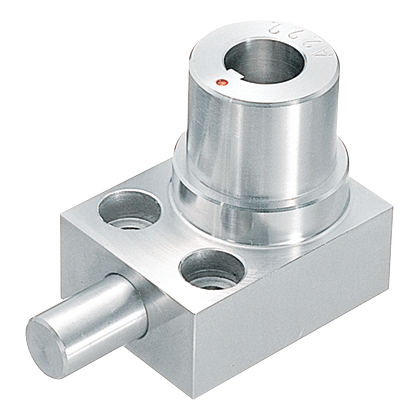L-101
TR TYPE LATCH LOCKS
Catalogue View

| Product No. | RoHS | Remarks | Code | Ask Price | 2D | 3D |
|---|---|---|---|---|---|---|
| L-101-1-L |
|
Left type | 50151 | |||
| L-101-1-R |
|
Right type | 50152 | |||
| L-101-2-L | Left type | 900369 | ||||
| L-101-2-R | Right type | 900370 | ||||
| L-101-3-L | Left type | 900371 | ||||
| L-101-3-R | Right type | 900372 | ||||
| L-101-4-L | Left type | 900373 | ||||
| L-101-4-R | Right type | 900374 |
Features
- This is a safety device to prevent unauthorized operation of the equipment by the key without electricity.
- Vibration-resistant structure.
- The left type or right type. (drawings and photo show the right type)
- This is a safety device to prevent unauthorized operation of the equipment by the key without electricity.
- Vibration-resistant structure.
- The left type or right type. (drawings and photo show the right type)
Specifications
- Material:
Main body/Lock: Free cutting brass bar (C3604BD)
Latch: Stainless steel bar (SUS304) - Finish: Main body: Nickel plating (MBNi)
Lock: Chrome plating (MBCr) - Key can be inserted/removed by turning 180° only when locking.
- Material:
Main body/Lock: Free cutting brass bar (C3604BD)
Latch: Stainless steel bar (SUS304) - Finish: Main body: Nickel plating (MBNi)
Lock: Chrome plating (MBCr) - Key turns 90°
- Key interlocking mechanism
Specific Use
- Electric dust collectors, high-voltage distribution facilities, machine tools and other plants
- Electric dust collectors, high-voltage distribution facilities, machine tools and other plants
- Use L-100-C for dustproof cap. (page 1505)
- Specify the left-hand or right-hand use.
- Key (L-100-K) is optional.
- See page L-110 (page 1510) for number of change keys.
- For two-series or more, key changing is possible.
- Use L-100-C for dustproof cap. (page 1505)
- Specify the left-hand or right-hand use.
- Key (L-100-K) is optional.
- See page L-110 (page 1510) for number of change keys.


